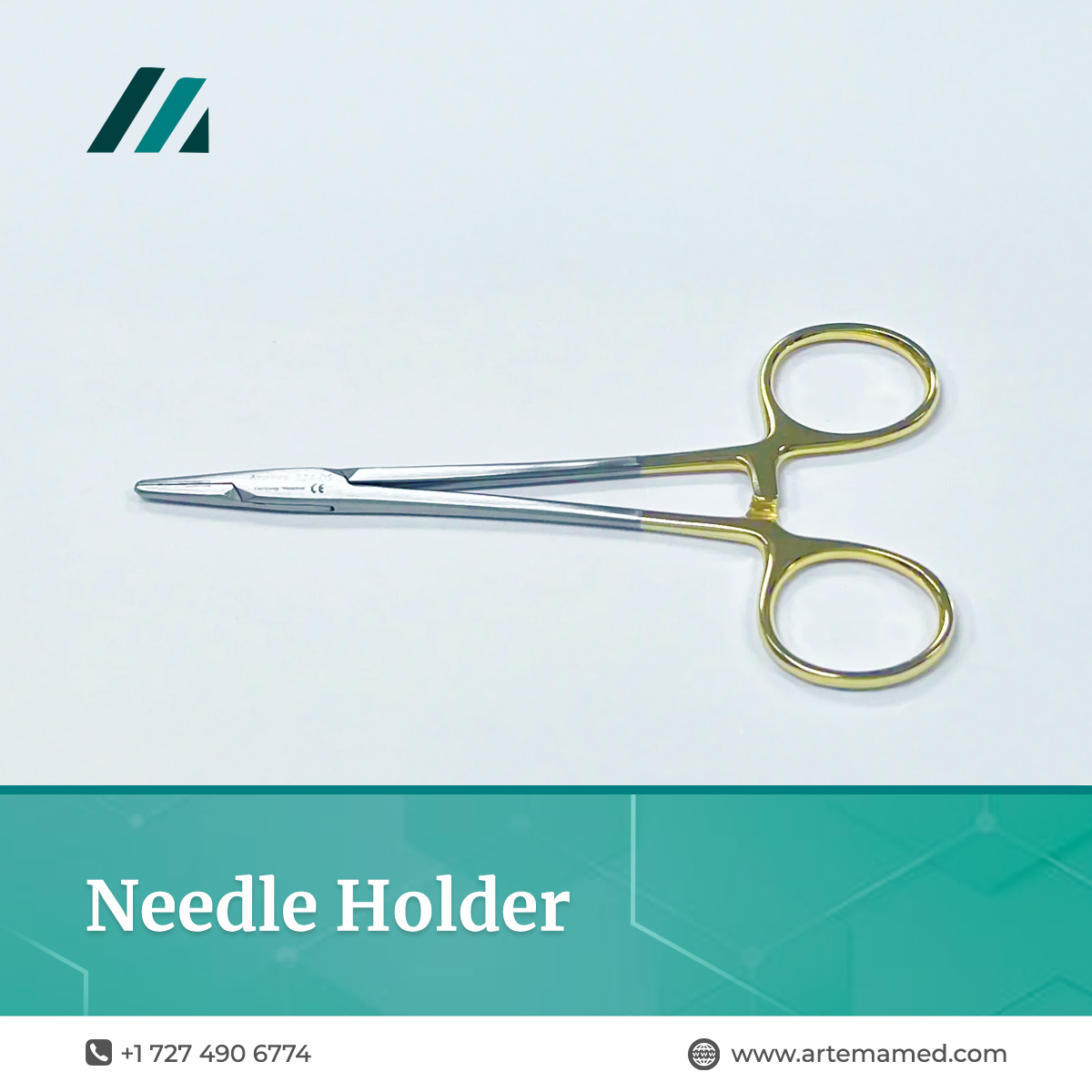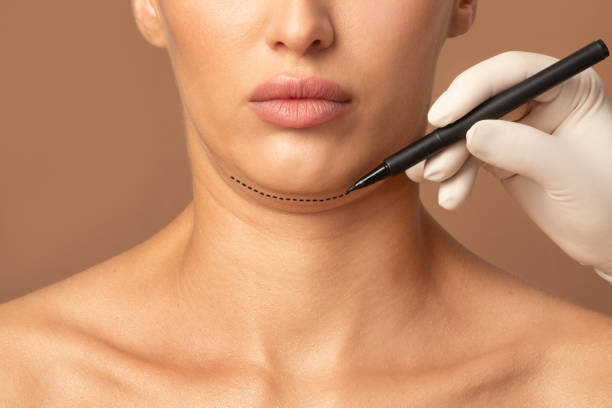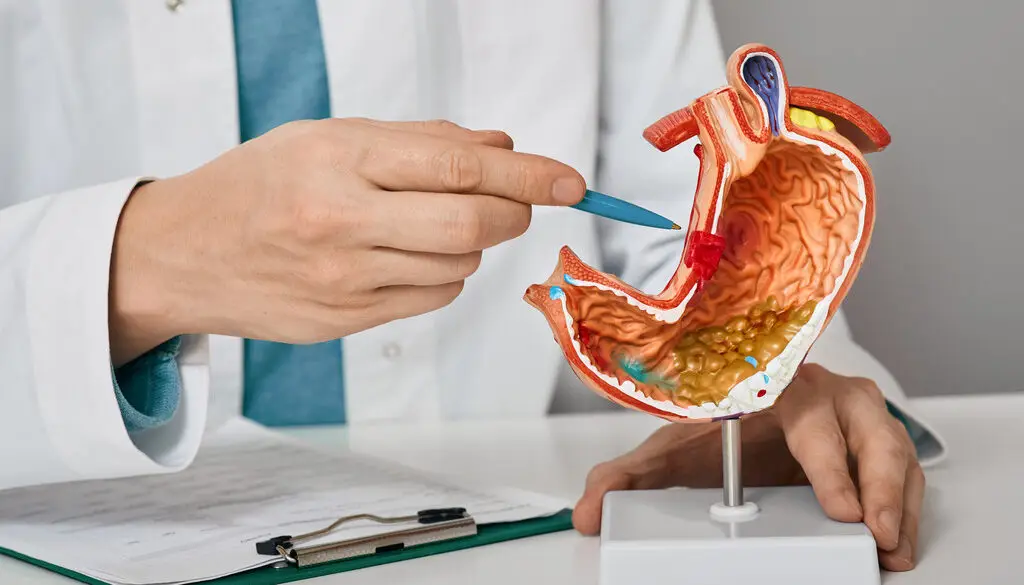In the field of surgery, precision and control are essential for success. Every instrument used in the operating room plays a specific role in ensuring patient safety and surgical accuracy. Among these instruments, the needle holder stands out as one of the most important tools for suturing and wound closure. Though it may seem simple in design, its contribution to the surgical process is vital. The role of a needle holder extends far beyond holding a needle—it provides control, stability, and precision that allow surgeons to perform even the most delicate procedures with confidence.
Understanding the Needle Holder
A needle holder is a surgical instrument designed to grasp and manipulate the needle during suturing. It consists of two handles, a locking ratchet mechanism, and a pair of jaws that securely grip the needle. This structure gives surgeons full control while passing the needle through tissue, ensuring smooth and accurate stitching. The tool is typically made of stainless steel to ensure durability, resistance to corrosion, and ease of sterilization.
The main role of the needle holder is to enable surgeons to hold the needle firmly without slipping, even in challenging conditions such as deep wounds or wet surgical fields. Its locking mechanism allows the surgeon to maintain a steady grip, preventing hand fatigue during lengthy procedures. By offering a strong hold and steady control, the needle holder ensures that suturing is both safe and efficient.
The Role of the Needle Holder in Surgical Suturing
One of the primary roles of the needle holder is to facilitate suturing during surgery. Suturing is one of the most critical stages of an operation, as it determines how well the wound will heal. The needle holder allows the surgeon to pass the needle through tissues with precision and control, ensuring consistent stitch placement and proper tissue alignment.
Without this tool, it would be nearly impossible to achieve the accuracy needed in surgical stitching. The needle holder helps reduce the risk of needle slippage and accidental injury. It also minimizes tissue trauma by allowing the surgeon to handle the needle delicately without using excessive force. As a result, wounds heal more effectively and with fewer complications.
The Mayo Hegar Needle Holder in General Surgery
Among the different types of needle holders used in surgery, the Mayo Hegar needle holder is one of the most popular and widely used. It plays a crucial role in general surgical procedures that involve medium to heavy suturing. This instrument is designed with a straight shape and strong jaws, which provide a firm grip on larger needles.
The Mayo Hegar needle holder is ideal for suturing muscles, fascia, and other dense tissues. Its ratchet locking mechanism gives surgeons full control and stability during long or complex surgeries. Because of its durability and versatility, it is found in nearly every surgical setup, from general hospitals to specialized clinics. This tool ensures consistent suturing results and helps maintain high surgical standards.
The Heaney Needle Holder in Specialized Procedures
Another important variation is the Heaney needle holder, which is commonly used in gynecological and pelvic surgeries. Unlike the straight design of the Mayo Hegar, the Heaney model features slightly curved jaws. This curvature allows surgeons to reach deep or angled areas with greater ease and control, especially in confined spaces such as the pelvic cavity.
The Heaney needle holder plays a vital role in procedures such as hysterectomies and other uterine surgeries. Its curved shape allows for precise needle placement around complex anatomical structures. The instrument provides the right combination of strength and delicacy, ensuring that tissues are sutured securely without unnecessary trauma. This design helps surgeons maintain visibility and control, which is critical in delicate operations.
Supporting Roles in Various Surgical Fields
Beyond general and gynecological surgeries, the needle holder plays a significant role across many other medical specialties. In cardiovascular and thoracic surgery, it is used to hold fine needles for suturing delicate tissues, such as blood vessels and cardiac structures. In orthopedic surgery, the Mayo Hegar needle holder is often used for closing thick muscle layers and fascia.
Plastic and reconstructive surgeons rely on needle holders with fine tips to create precise and cosmetic sutures on the skin. Similarly, in dental and veterinary surgeries, needle holders play a key role in wound closure, helping ensure fast healing and minimal scarring. The wide range of applications across medical fields shows how essential this tool is in both human and animal healthcare.
Enhancing Surgical Precision and Efficiency
The needle holder not only improves precision but also enhances overall surgical efficiency. With the help of this tool, a surgeon can perform suturing quickly and accurately, saving valuable time during operations. Its ergonomic design helps reduce hand strain, which is especially important during long procedures.
Both the Mayo Hegar needle holder and the Heaney needle holder have been designed to improve comfort and control. Their weight and balance are carefully crafted to provide a natural feel in the surgeon’s hand. These qualities reduce fatigue and allow for smoother movements, contributing to better surgical outcomes.
Training and Skill Development
The role of the needle holder extends to surgical education and training. Aspiring surgeons must master the proper way to hold and manipulate this instrument, as it forms the foundation of their suturing skills. Training with the Mayo Hegar needle holder is often the starting point for learning general suturing techniques. Once surgeons gain confidence, they progress to specialized instruments like the Heaney needle holder, which requires more advanced handling.
Understanding how to use the needle holder correctly helps trainees develop precision and consistency. Proper technique also prevents hand fatigue and improves efficiency in the operating room. This training ensures that surgeons are fully prepared to perform with accuracy in real surgical settings.
Maintenance and Longevity
The needle holder’s effectiveness depends on proper care and maintenance. Regular cleaning, sterilization, and inspection are essential to maintain its functionality. The jaws must be checked for wear and tear, and the ratchet lock should operate smoothly. Instruments with tungsten carbide inserts, often found in Mayo Hegar needle holders and Heaney needle holders, require careful handling to avoid damage.
When maintained correctly, a needle holder can last for many years, providing consistent performance. Well-cared-for instruments not only enhance surgical precision but also contribute to overall patient safety by reducing the risk of instrument failure during procedures.
The Evolving Role of Needle Holders
With advances in medical technology, the role of the needle holder continues to evolve. Modern versions now feature lightweight materials, improved grip surfaces, and ergonomic designs that increase comfort. In robotic and minimally invasive surgeries, specialized robotic needle holders have been developed to replicate the precision of human hands on a smaller scale.
Despite these innovations, the basic function of the traditional needle holder remains unchanged. It continues to be a fundamental instrument that bridges the surgeon’s skill with surgical success. Tools like the Mayo Hegar needle holder and the Heaney needle holder represent the perfect balance between strength, control, and sensitivity—qualities that define modern surgery.
Conclusion
The role of the needle holder in surgery is both practical and indispensable. It provides the surgeon with control, stability, and precision during suturing, ensuring that every stitch contributes to proper healing and patient safety. Whether it is the versatile Mayo Hegar needle holder used in general surgery or the specialized Heaney needle holder designed for gynecological procedures, each type plays a unique role in advancing surgical efficiency and accuracy.
From training and education to complex operations, the needle holder remains a trusted companion in the hands of every skilled surgeon. Its continued evolution ensures that it will remain a cornerstone of surgical success, supporting the art and science of medicine for generations to come.
More info: Artema Medical



